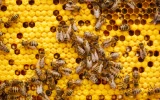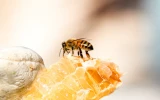Is Harvesting Beeswax Harmful to Bees? (Vegan or Not)
When harvesting beeswax, you might wonder if the process can harm bees and whether or not it can be considered vegan-friendly. This article will help you understand the potential consequences of harvesting beeswax and provide insight into whether it's ethical or not.
Harvesting beeswax is not harmful to bees if it is done correctly. Therefore, caution is required during collection to avoid disrupting the hive's natural balance. Many people consider beeswax to be non-vegan since it is an animal byproduct, but some vegans choose to consume it if it is ethically processed.
This article will show you how you can achieve ethical beeswax production by adopting sustainable beekeeping methods. Below, we'll also provide a list of vegan alternatives for beeswax.
Summary
- Harvesting beeswax doesn't harm bees unless it is done improperly. If beeswax is processed ethically, some vegans opt to use them, while most consider it as non-vegan and an animal by-product.
- Never take plenty of beeswax from the hive to avoid it from collapsing and prevent your bees from suffering.
- It is important to monitor the hive health before harvesting and practice gentle and careful ways of retrieving the wax.
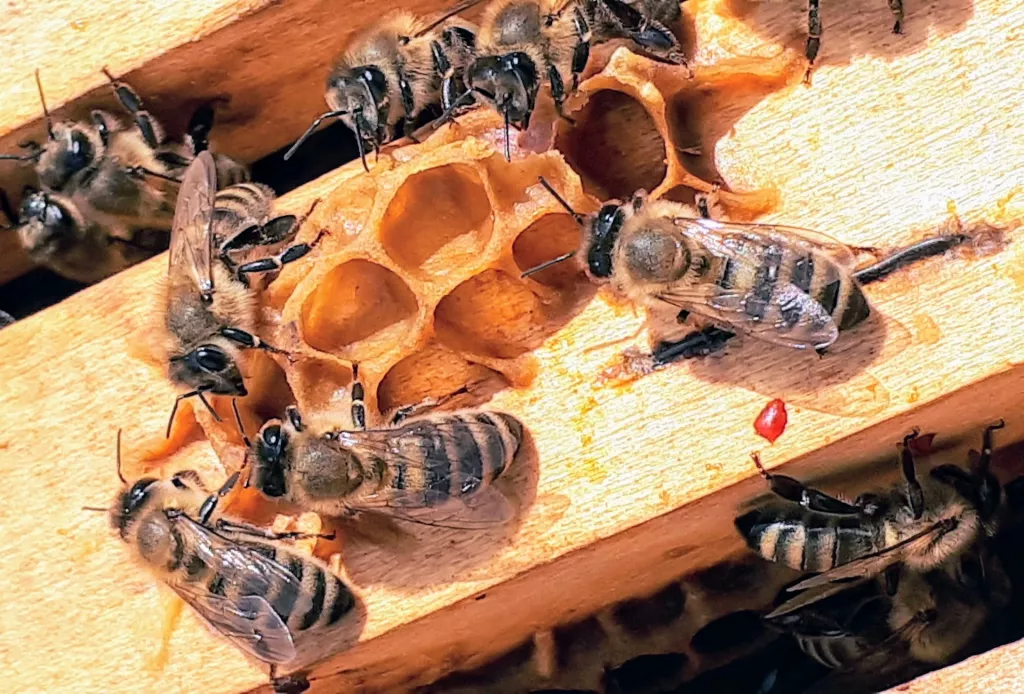
On this page:
Harvesting Beeswax Is Not Harmful to Bees
Harvesting beeswax is not harmful to bees if done correctly. Bees need their wax to build their hives, which serve as their home and a place to store honey. For this reason, caution is required during harvest as you can disrupt the hive’s natural balance and potentially cause the bees to starve.
Bees make wax to build honeycombs which are essential to a colony’s survival. It provides a safe space for bees while regulating temperature and humidity inside the hive.
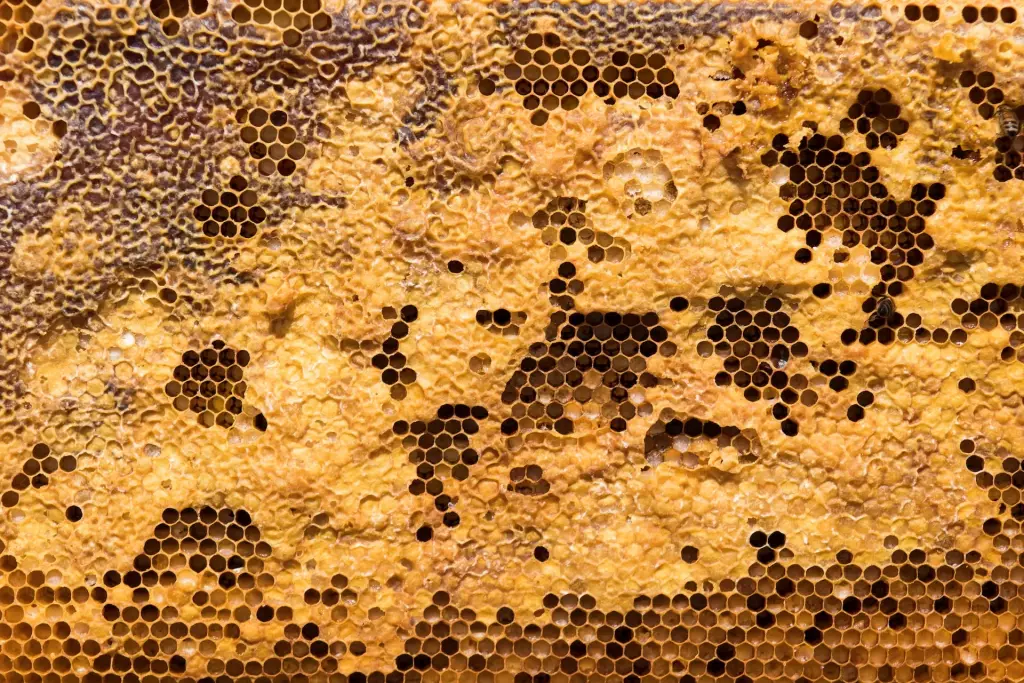
If you remove too much wax from the hive, the hive may experience extreme temperatures, which can stress the bees and lead to decreased health and productivity. It may also weaken the structure and make it collapse.
Additionally, if you take the wax too soon, you may disrupt the hive’s natural wax production cycle and cause a decrease in the bee population.
To make the harvest more bee-friendly, you might want to calculate the amount of wax you can remove using factors such as the hive size and the number of bees. Remember to only take the amount of wax that the hive can afford.
A hive can only produce 1-2 lbs. of beeswax per year, and to produce each pound, bees need to consume 6-8 lbs. of honey. This just shows how arduous the jobs of bees are when they make their hive, and you don’t want to take all their hard-earned wax.
It also helps if you time your harvest during the late spring and summer months when the hive is most productive, and the bees are most active. Collect the wax between 9:00 am and 4:00 pm when the bees are out to forage to lessen the risk of being stung.
Furthermore, after collecting the beeswax, it’s best to replace it with fresh wax or propolis. This allows the bees to continue producing wax at their own pace, which is better for the long-term sustainability of the hive.
Overall, the best way to not harm bees is to be gentle and careful during the wax harvest, ensuring that you won’t damage the comb or disturb any bees.
Sustainable Beekeeping Practices to Safely Harvest Beeswax
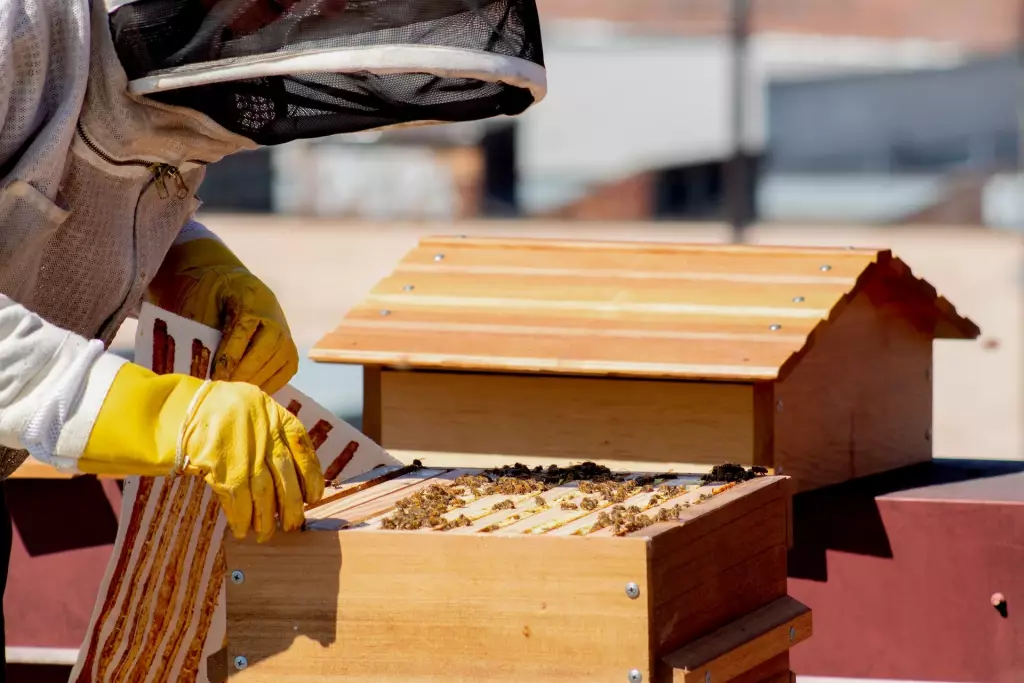
When it comes to sustainable and ethical beeswax production, the focus should be on beekeeping practices. By adopting sustainable methods, you maintain the integrity of the hive and keep the bees well-protected.
Here are a few methods that can help promote sustainability:
1. Monitor the hive health
You may need to regularly check the hive before harvesting beeswax, to oversee the health and overall condition of the colony. You may look for signs of disease or pests and if you found any, it is best to not harvest the wax.
2. Control wax moths
If you have encountered a pest problem during the inspection, the best you can do is to control it as soon as possible. One common pest of beehives is wax moths, which are named after their habit of eating wax combs and stored honey.
Wax moths can be a threat to the bees and their hive, so strive to manage any potential infestations. There are natural ways you can deter wax months such as using spray oils and bay leaves.
3. Practice selective harvesting
You must be mindful of the amount of beeswax you harvest. Taking too much at once can be detrimental to the hive. So as much as you could, leave enough for the bees to continue their essential functions and activities.
4. Aim for cruelty-free beekeeping
The main goal of ethical beeswax harvesting is to avoid causing unnecessary harm to the bees. Adopting gentle handling techniques can prevent damage and stress to the bees and can save your wax from being damaged too.
Perhaps you might need to invest in proper tools such as a bee smoker, protective clothing, and a bee brush or scraper.
Remember that ethical and sustainable beeswax production largely depends on your approach to beekeeping. When you implement these practices in your beekeeping routine, you contribute to a more responsible and cruelty-free approach to beeswax production.
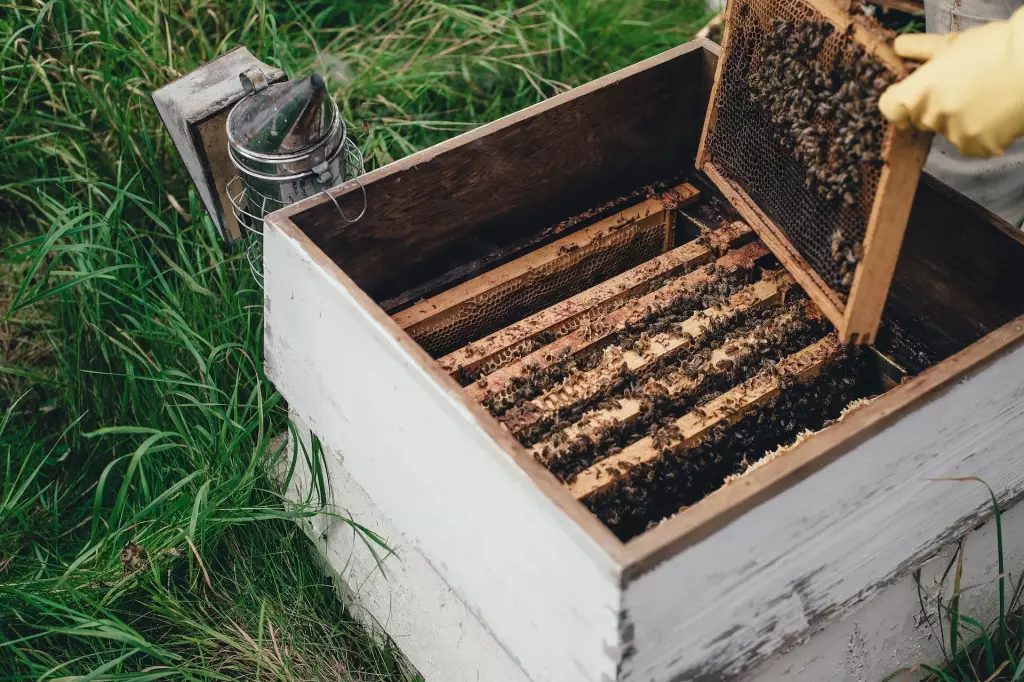
Step-by-Step Guide on How to Harvest Beeswax
Since you now have the knowledge of ethical beeswax production, you may start harvesting them through these simple steps:
1. Put on protective clothing and equipment
Before harvesting the beeswax, equip yourself with protective clothing and use the right tools, such as a beekeeper suit, gloves, and a veil.
2. Locate and identify the wax combs
Using a smoker, try locating and identifying the wax combs. The wax combs are the structures that the bees use to store food, brood, and honey. The smoke will calm the bees and make them less likely to sting.
3. Cut the wax combs
When you have finally located it, use a knife or scissors to carefully cut the wax combs away from the hive.
5. Place the wax combs in a container
You can then place the wax combs in a container to keep them safe and prevent them from becoming contaminated.
6. Melt the wax combs
Take the wax combs and remove the wax caps. You can achieve this by scraping the wax caps with a heated knife, underlining the importance of staying gentle and taking your time during the process.
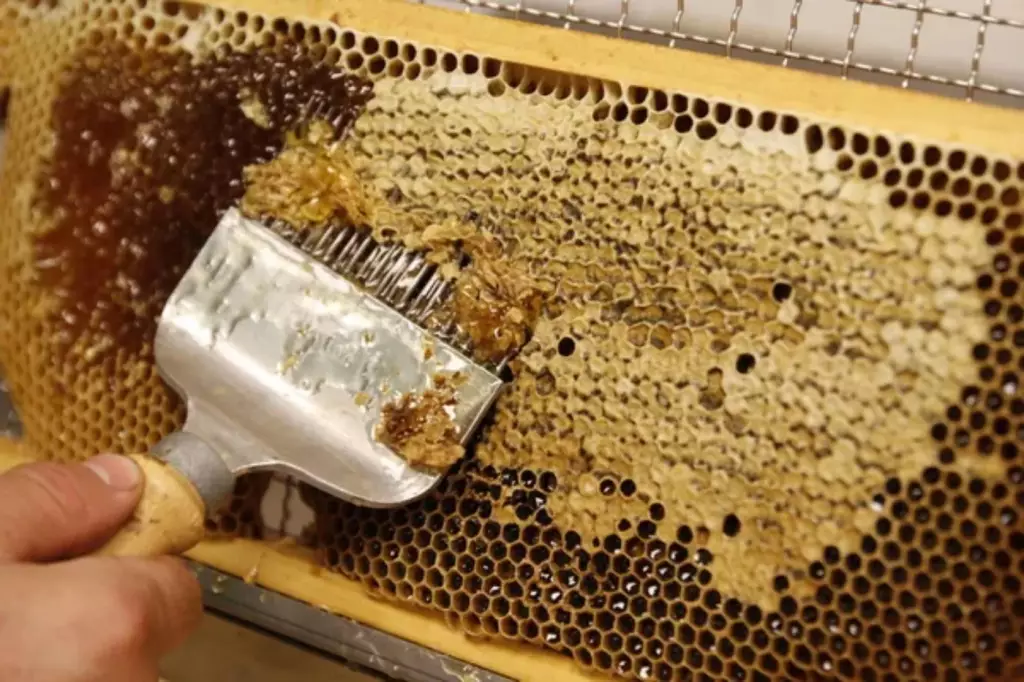
Afterward, you can place the separated wax caps into a pot and melt them over low heat. Avoid overheating to prevent the destruction of the beneficial properties of the beeswax.
7. Filter the beeswax
Once the wax has been melted, never skip this important step, which is filtering the beeswax to remove any other impurities. You can filter the wax through straining. This is done to remove dirt, pollen, and remaining bee parts.
Just pour the melted wax through a mesh or cheesecloth into a suitable container. You may choose to strain the wax multiple times to achieve the desired level of purity.
Vegan Alternatives for Beeswax
There have been ongoing debates within the vegan community on the use of beeswax. However, most vegans would agree that beeswax is not vegan-friendly because it is an animal byproduct. However, there are those who choose to use what they consider ethically harvested beeswax.
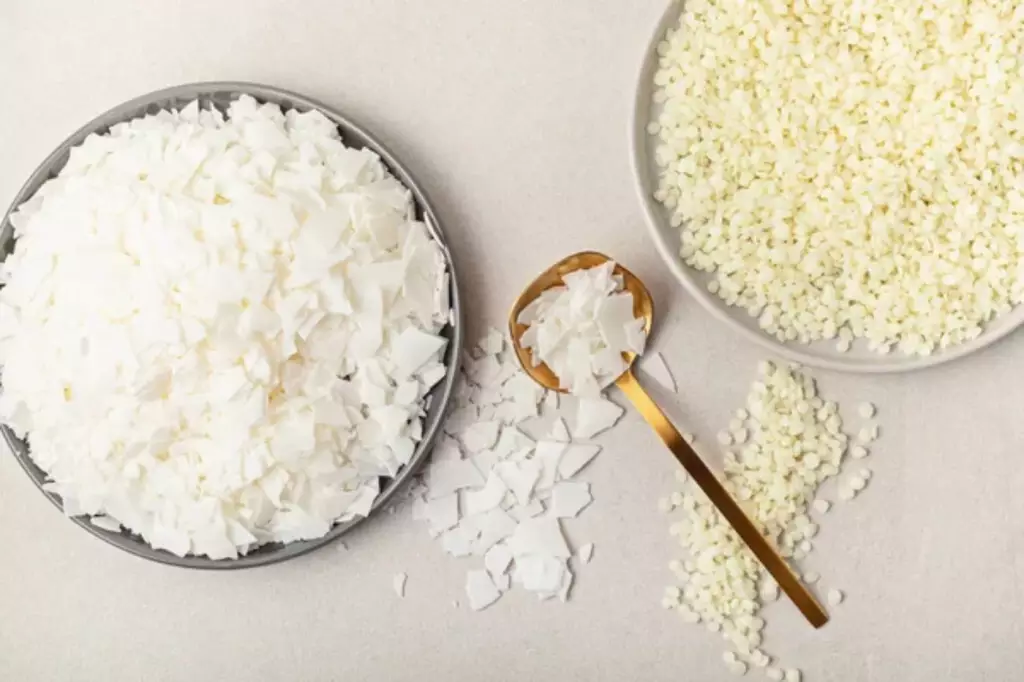
But since beeswax is more widely accepted as non-vegan, let’s explore alternative vegan wax options that you can use instead of beeswax.
Synthetic beeswax mimics the properties of natural beeswax
A synthetic beeswax is an excellent option if you're looking for a cruelty-free beeswax replacement. Derived from various plant and mineral sources, it mimics the properties of genuine beeswax and can be used in a variety of applications, such as cosmetics, candles, and other products.
Plant-based waxes offer fantastic alternatives to beeswax
There are numerous plant-based waxes that you can choose from including:
-
Candelilla Wax: Derived from the leaves of the Candelilla shrub, candelilla wax is a versatile alternative to beeswax that can be used in cosmetics, candles, and even polishes.
-
Carnauba Wax: Obtained from the leaves of the Brazilian Carnauba palm tree, carnauba wax is another plant-based alternative commonly found in cosmetics, food products, and automotive waxes.
-
Soy Wax: Made from hydrogenated soybean oil, soy wax is an eco-friendly option widely used in candles and other wax goods.
-
Sunflower Wax: Extracted from sunflower oil, sunflower wax is another beeswax alternative that can be utilized in various applications like cosmetics and food products.
-
Rice Bran Wax: Rice bran wax is obtained from rice bran oil and serves as a valuable replacement for beeswax, particularly in the cosmetics industry.
-
Bayberry Wax: Harvested by boiling the berries of the bayberry plant, bayberry wax is a vegan choice for candles and other wax products.
